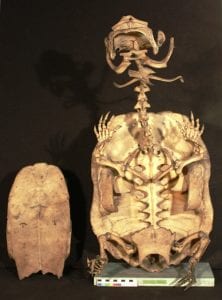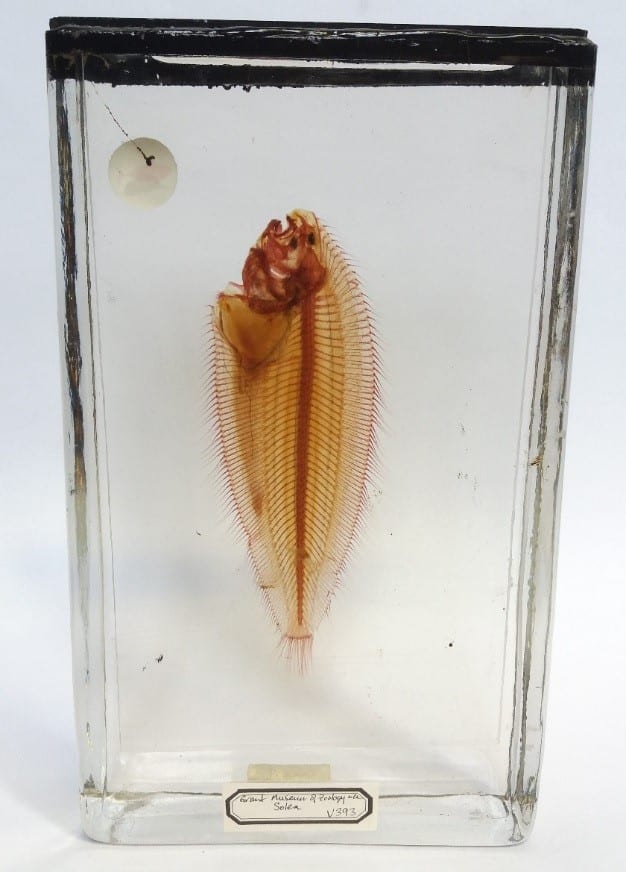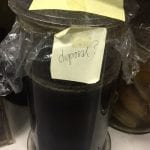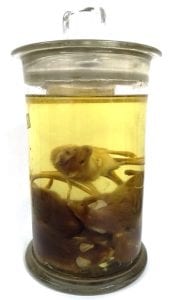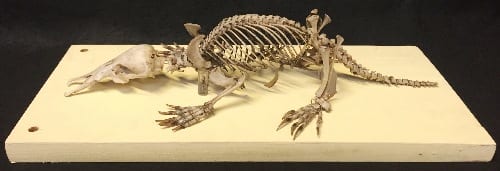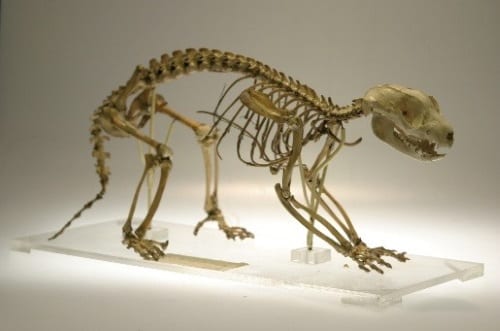Specimen of the Week 345: The Pikermi Casts
By Tannis Davidson, on 1 June 2018
Back in January, this blog featured four specimens nicknamed ‘the fancy casts’ which were chosen by UCL Museum Studies students as a research project for their Collections Curatorship course. The casts are of extinct species of horse and sabre-toothed cat which lived in the Miocene – Pliocene epochs around 23-3 million years ago. These four casts are unique in the Grant Museum because they are beautifully detailed, hand-painted and mounted upon bespoke ceramic bases.
I’m pleased to report that the students discovered that the fancy casts are indeed rather special. Thanks to the brilliant efforts of Kayleigh Anstiss, Anna Fowler, Pamela Maldonado Rivera, Rachael Rogers and Hollie Withers, these casts are no longer such a mystery. Here they are again, this week’s newly titled Specimens of the Week are… (more…)
 Close
Close



